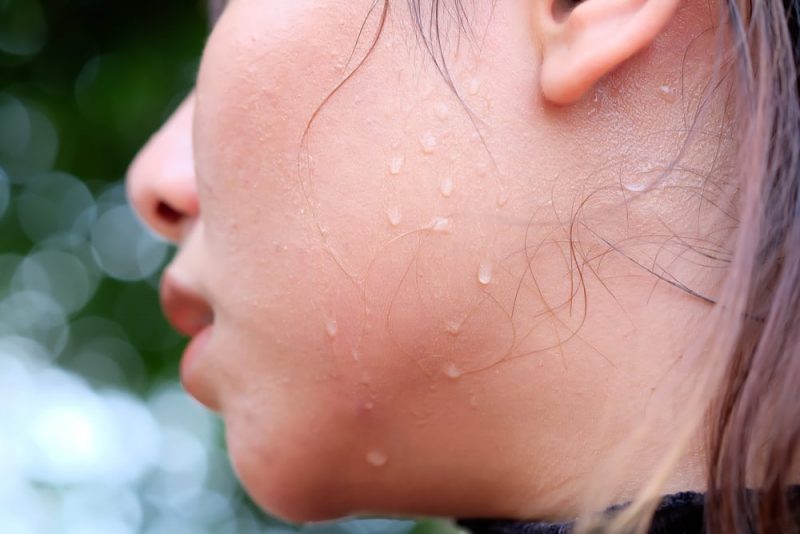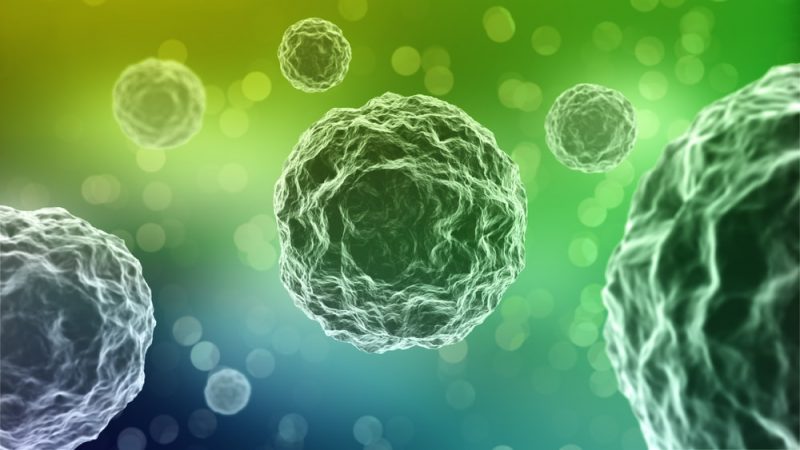Every organism has a set of biological barriers that protect them from pathogens, that is, substances or other organisms that can cause disease. For example: skin, sweat, phagocytosis.
Its function is:
- Recognize the presence of foreign substances in the body.
- Neutralize them
- Remove them from the affected systems.
Biological barriers are part of the immune system. However, substances and tissues that function as barriers can also be part of other systems, such as the circulatory system or the integumentary system.
- Primary barriers. They are external, nonspecific, innate. They are in contact with the outside. They constitute both physical and chemical protection for the body.
- Secondary barriers. They are reactions of the body of nonspecific response. It is activated when a microorganism or harmful substance has crossed the primary barriers.
- Tertiary barriers. They are specific responses, that is, different according to each pathogen (antigen). Furthermore, once the body encounters a response to an antigen, the next time its presence is found, it will immediately react with the necessary antibody. This is the way vaccines work: they present an antigen to the body in a moderate way, giving it the possibility of developing the antibody for a disease.
Examples of primary barriers

- Skin. In humans and animals, it is the largest organ. It isolates the organism from the environment that surrounds it but also allows a controlled exchange. When an injury occurs, this protection is disrupted. That is why wounds must be protected. It is a physical barrier.
- Sweat. It creates an acidic and salty environment on the skin that is unfavorable for many harmful microorganisms. It is a chemical barrier.
- Tears. They contain lysozyme, an enzyme that prevents the development of pathogenic microorganisms. It is a chemical barrier.
- Mucous. Parts of the skin that surround organs that connect to the outside. They secrete mucus, preventing microorganisms from entering those organs.
- Bacterial flora. They prevent the presence of microbes in the mucous membranes.
- Saliva. It also contains lysozyme.
Examples of secondary barriers

- Phagocytosis. White blood cell reaction to infection.
- Monocytes. They are found in the bloodstream and target injured tissues.
- Macrophages. They engulf bacteria and harmful cells, as well as cellular debris.
- Killer cells. They attack cells that have been invaded by viruses.
- Granulocytes. They react to infections.
Examples of tertiary barriers
- T lymphocytes. Leukocytes that act directly on the pathogen. They cannot detect all antigens.
- B lymphocytes. Leukocytes that create antibodies to each antigen. They develop in the fetus (liver and spleen) and in the adult bone marrow.
